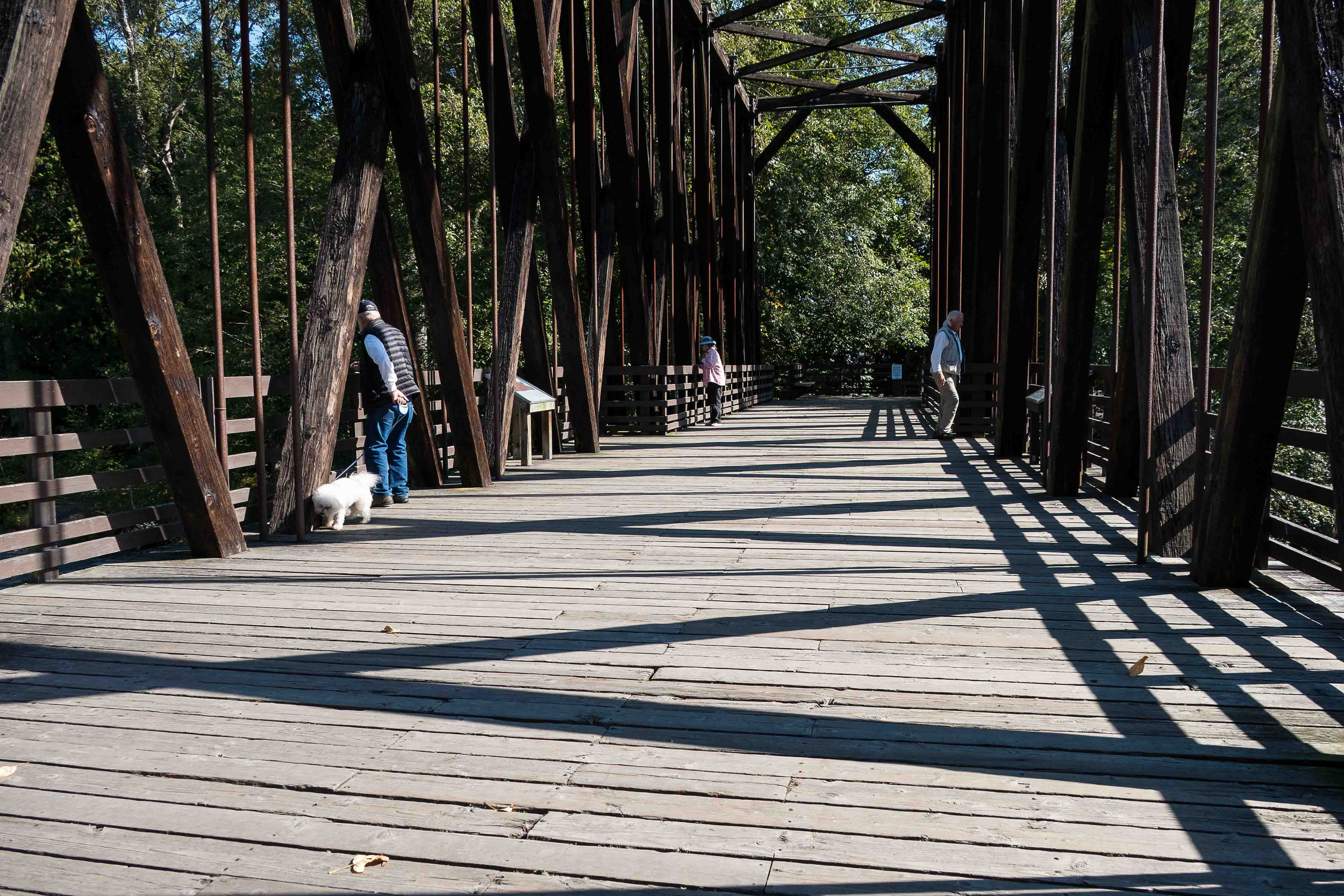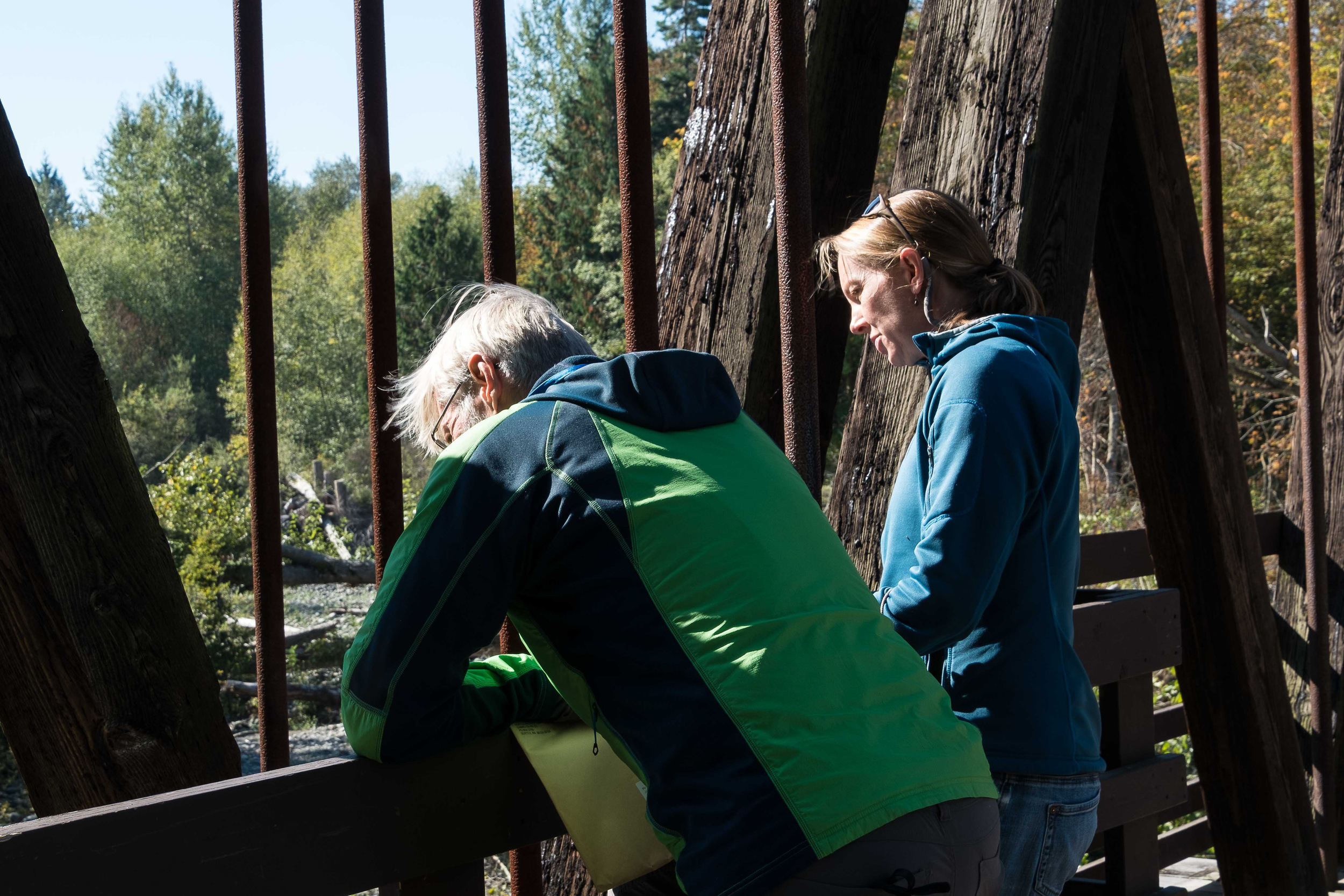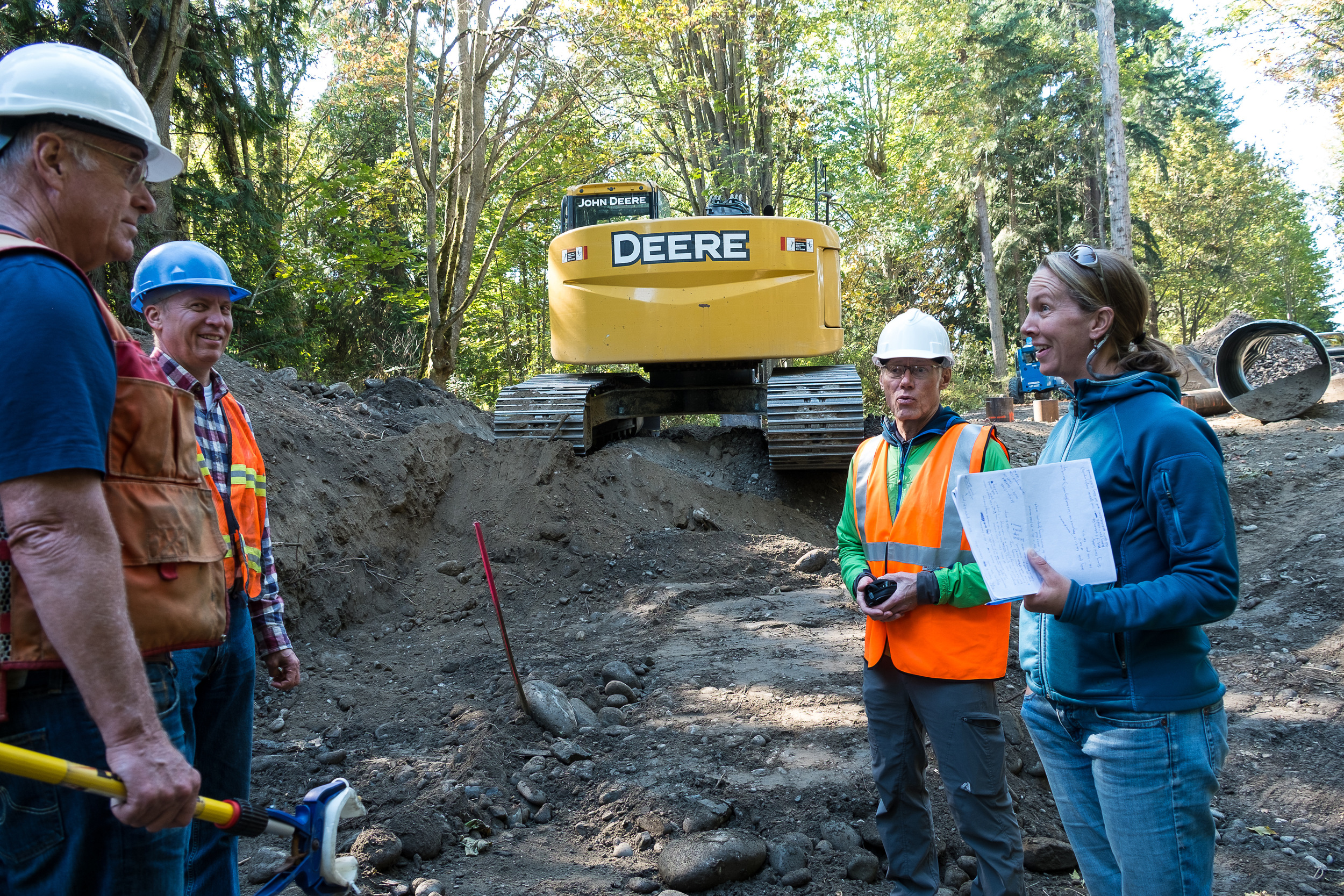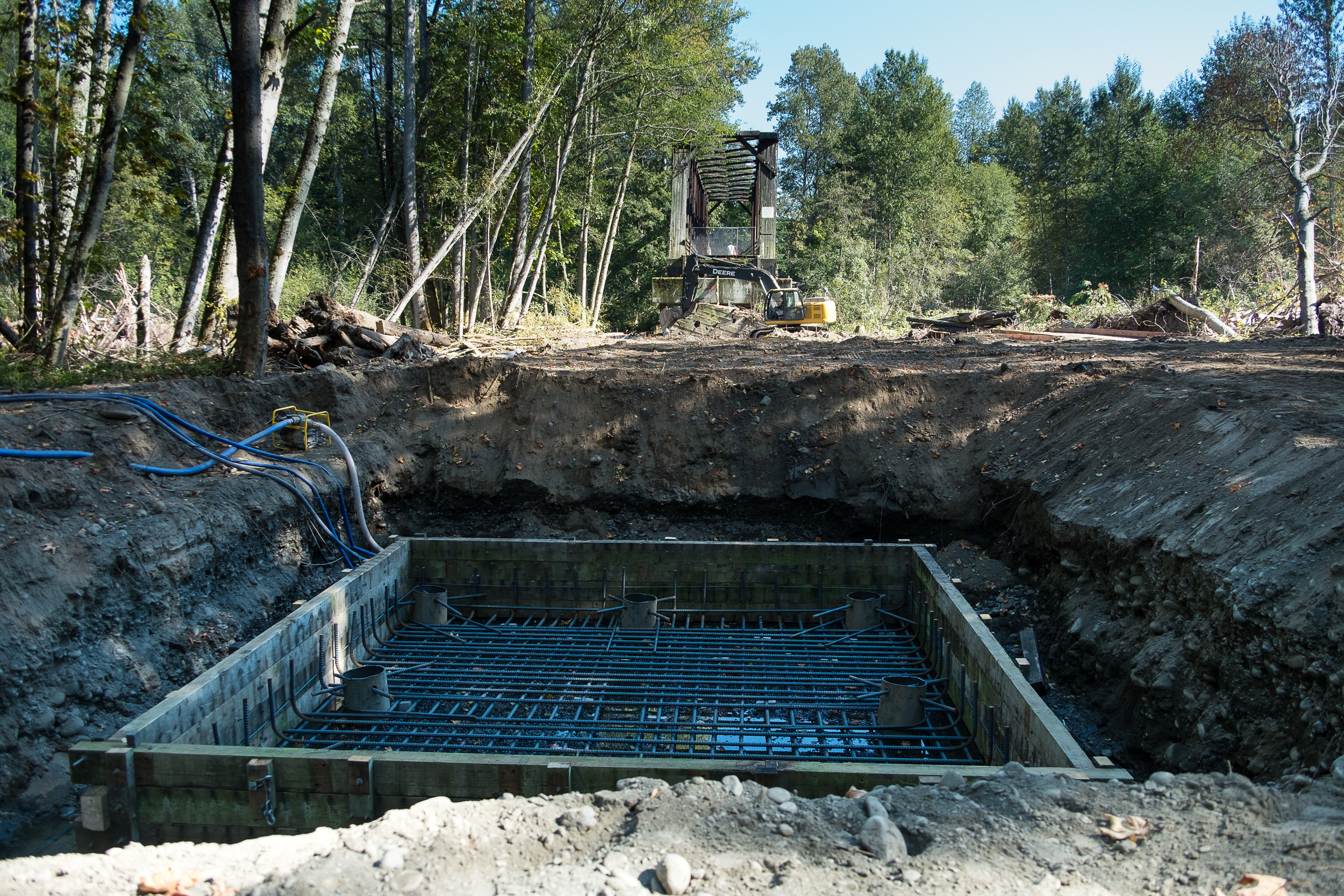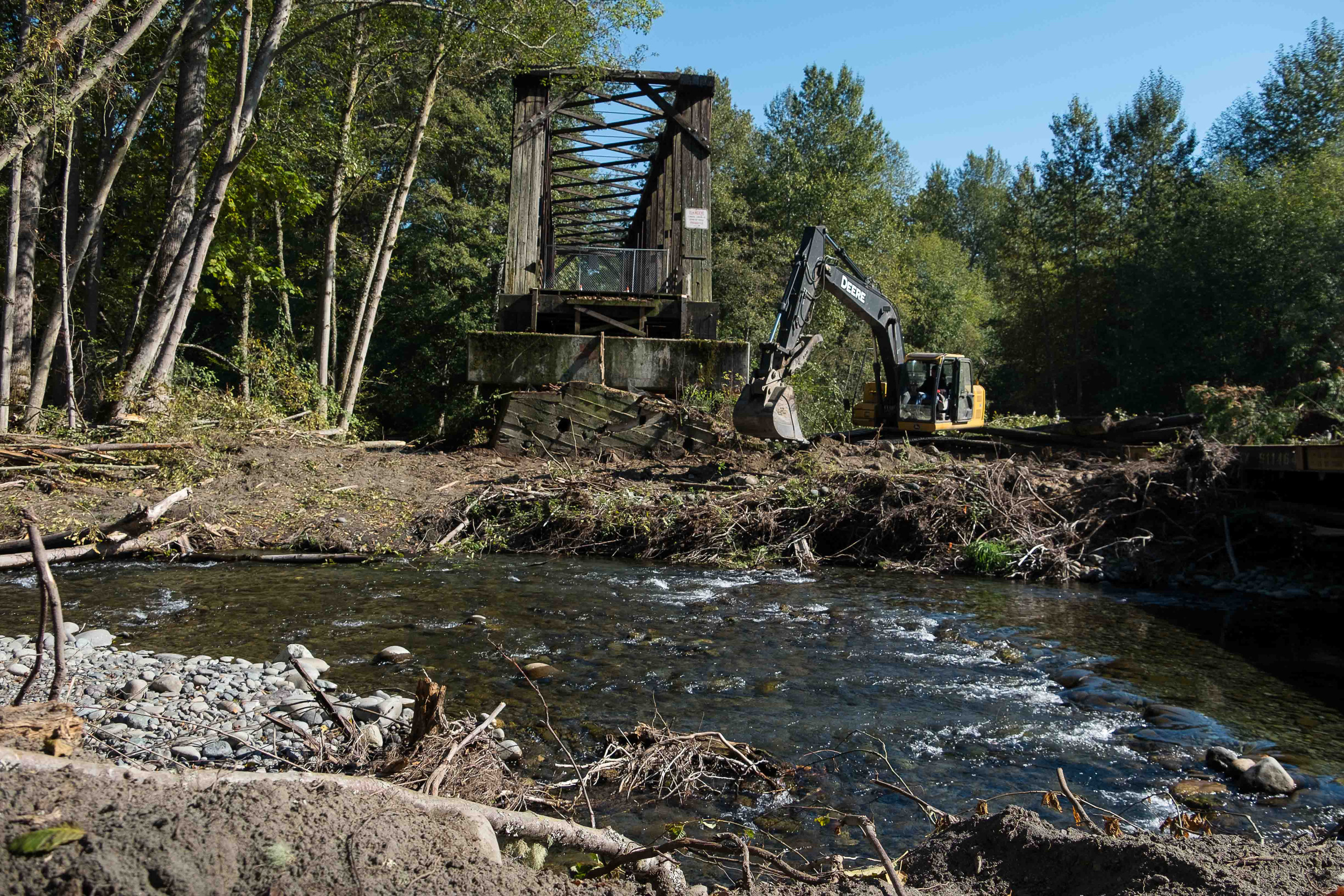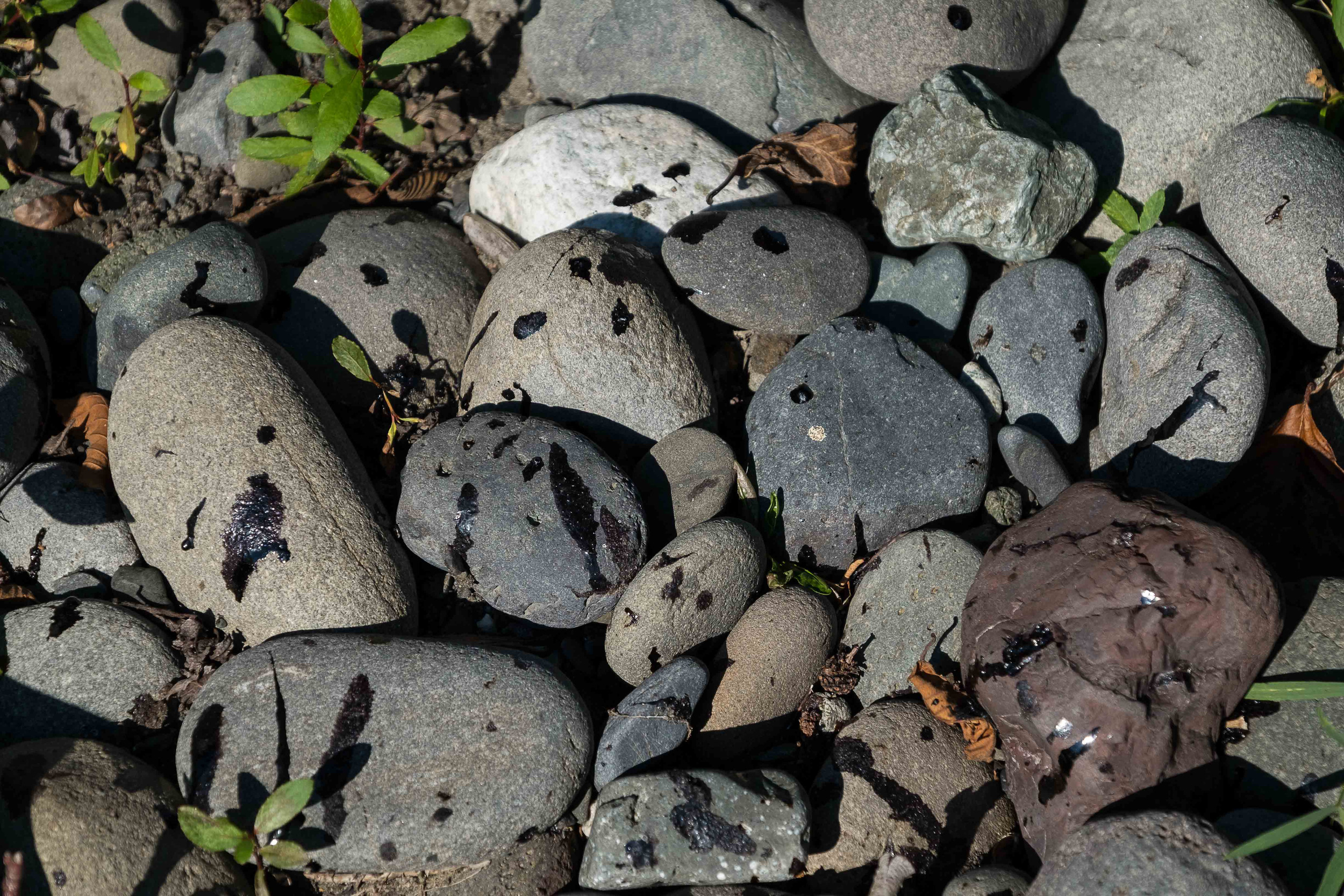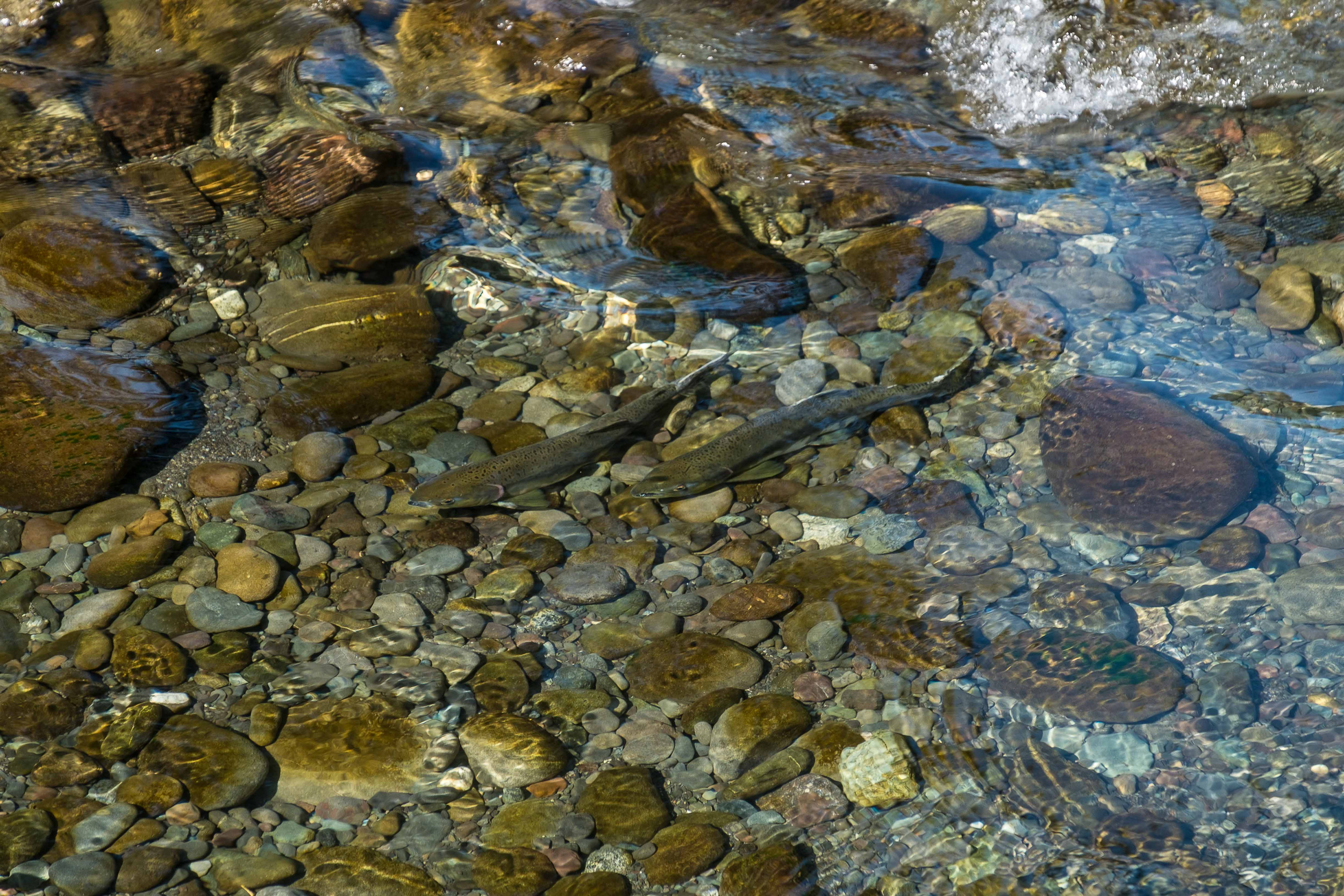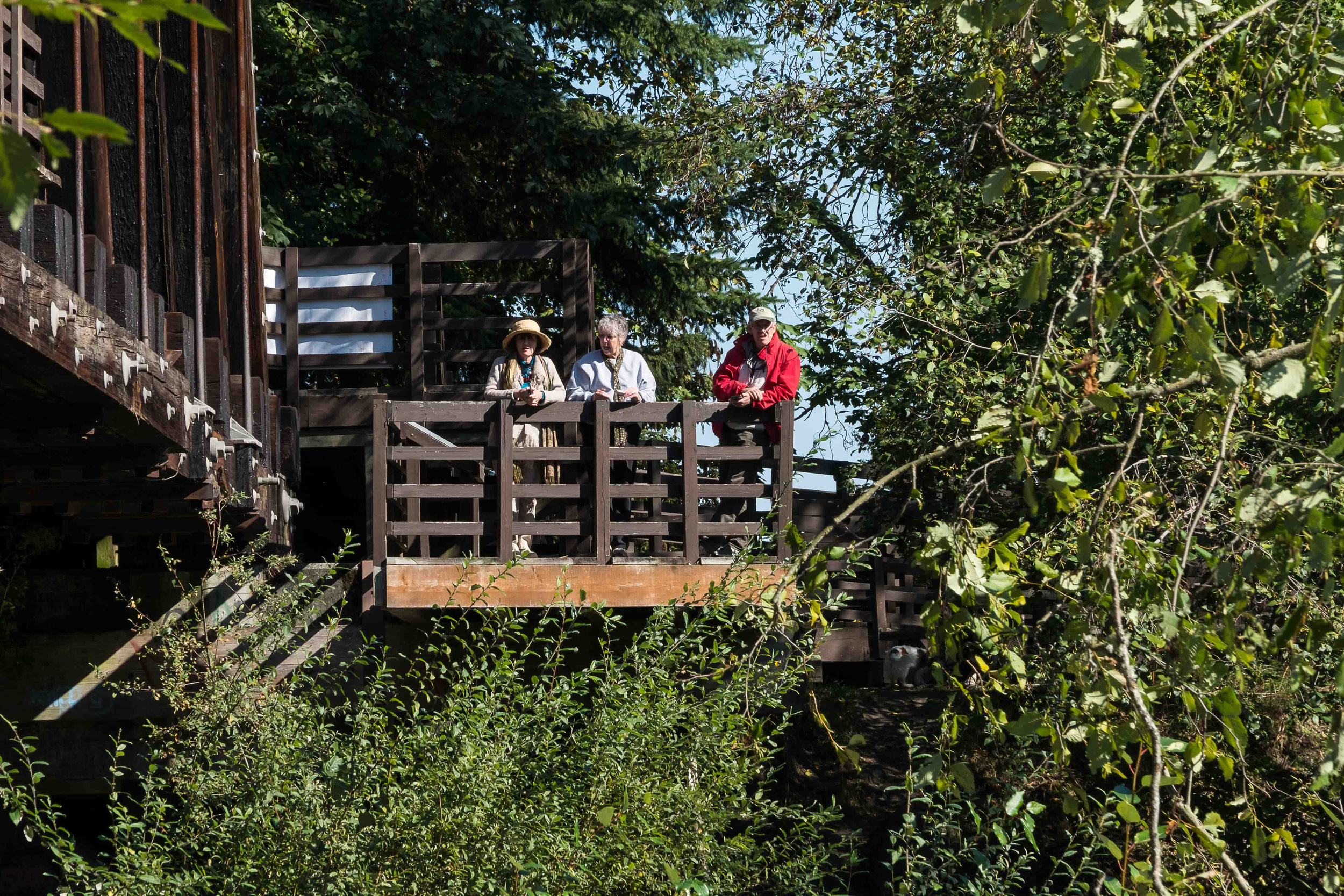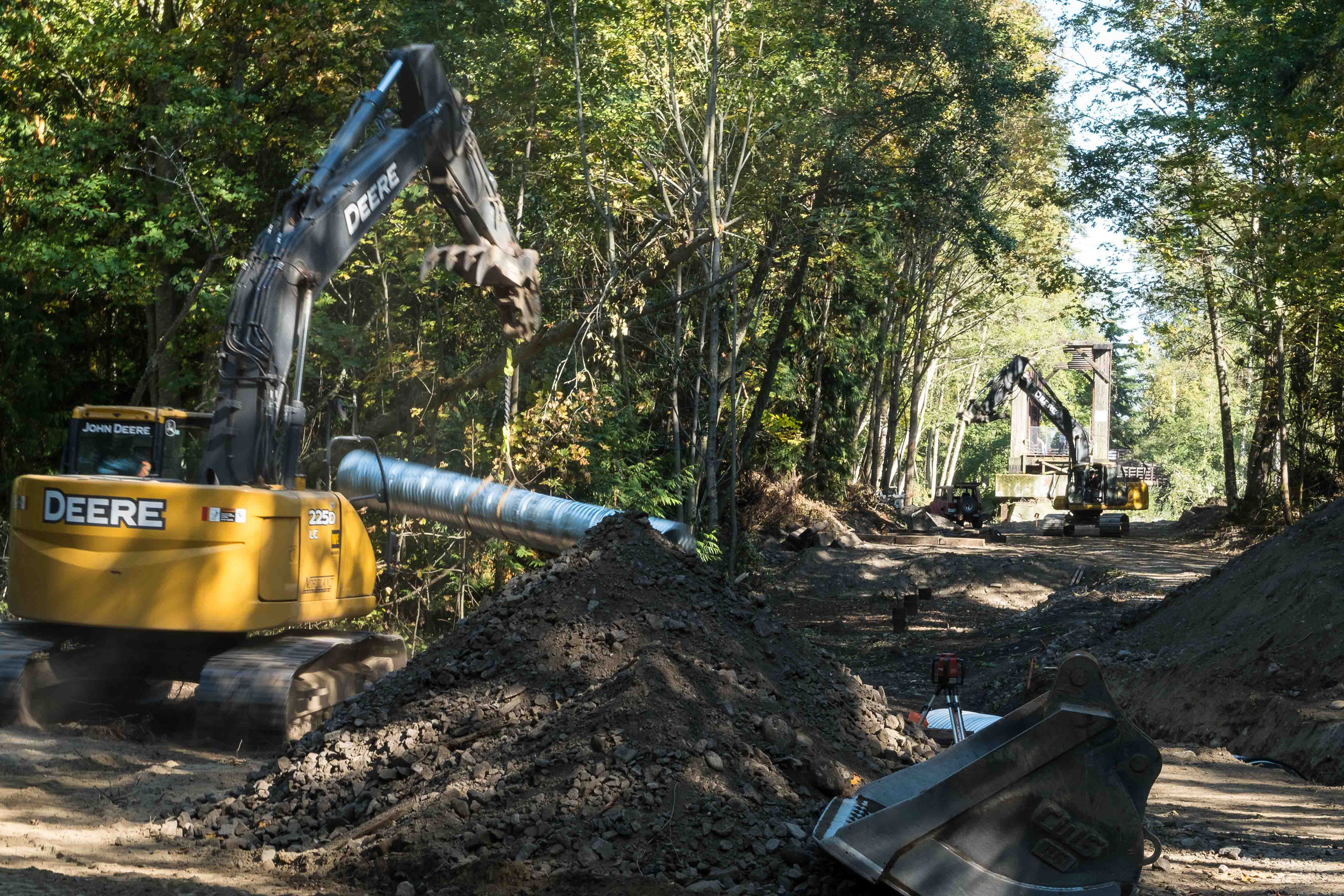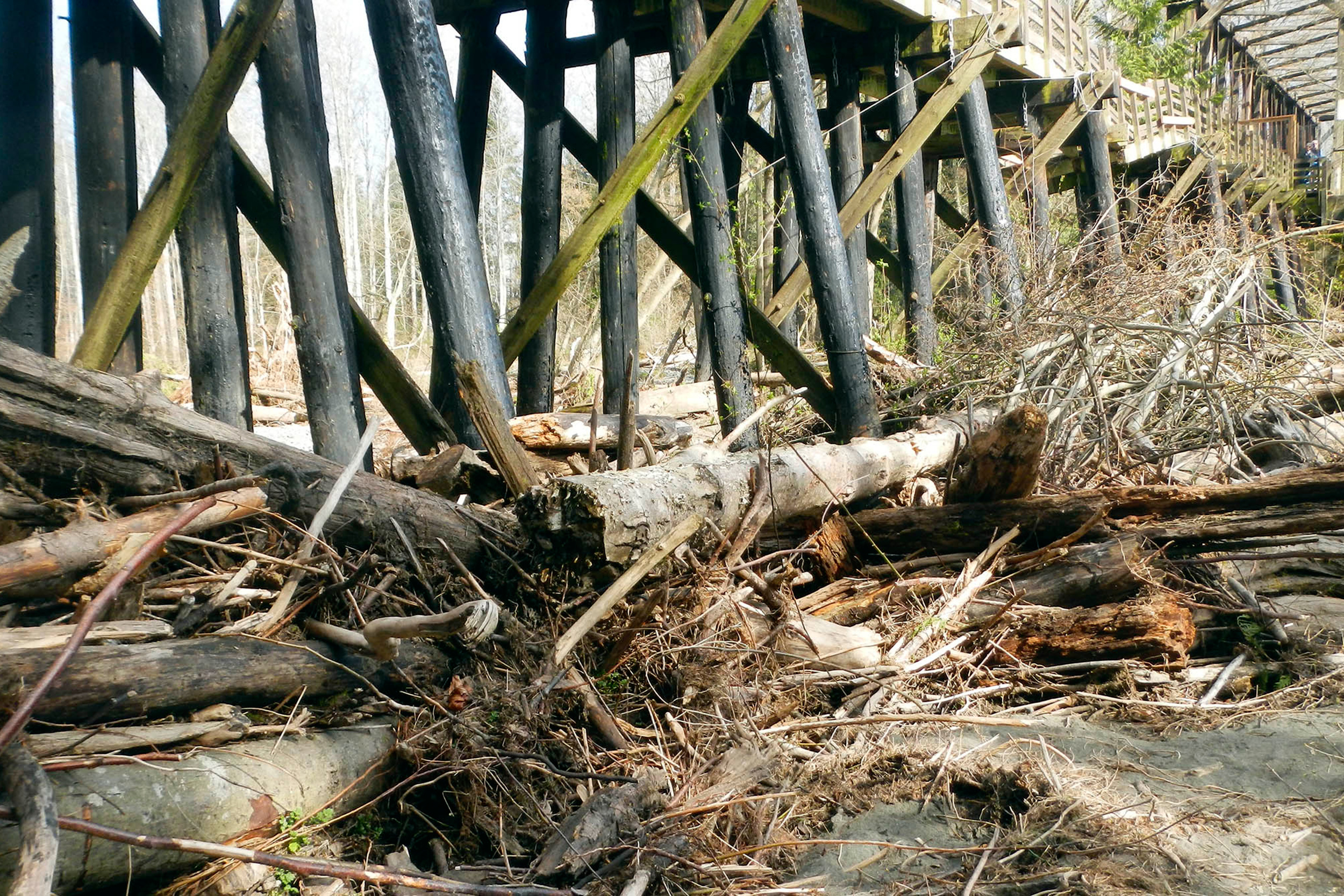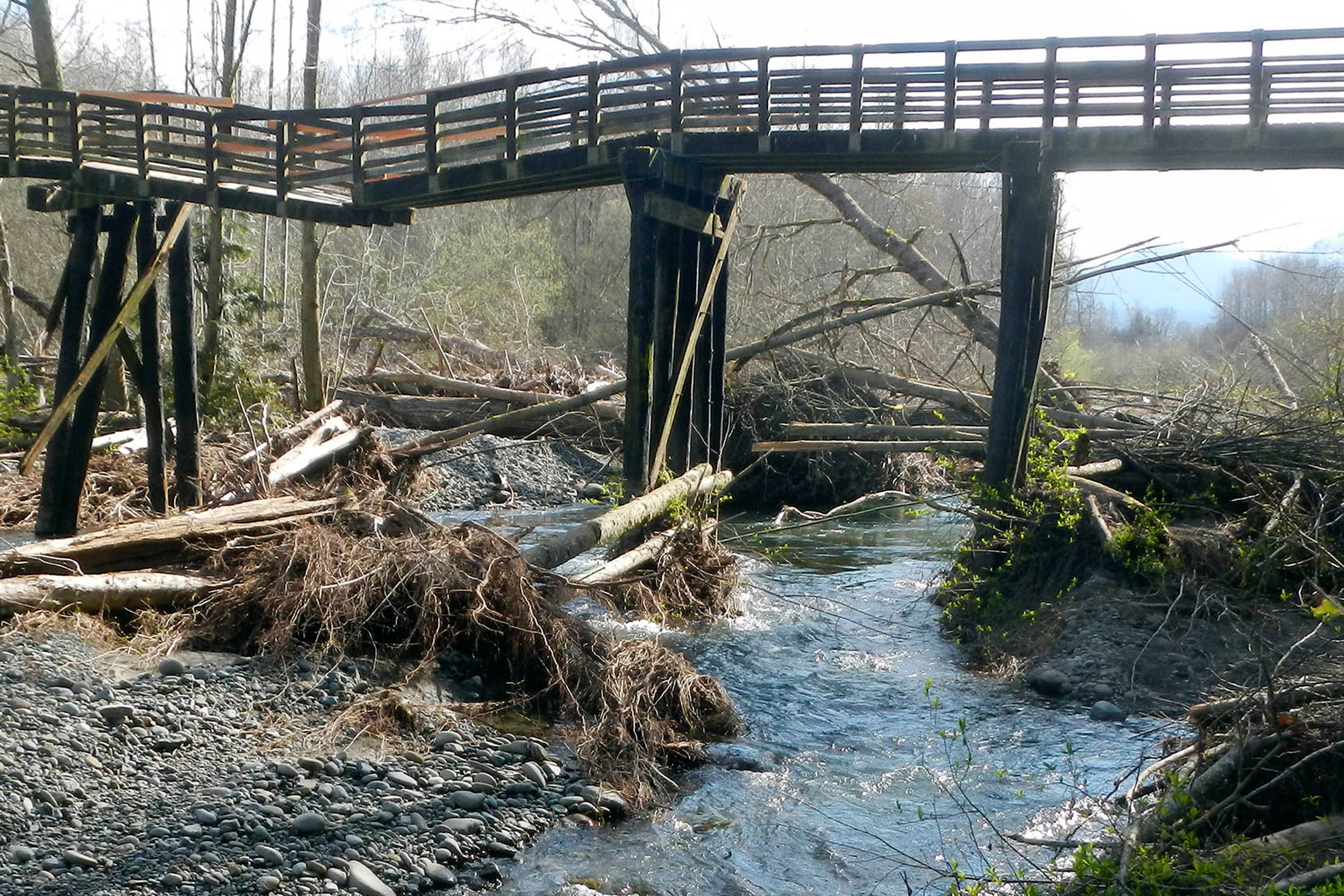June 21, 2016 (Seattle, Washington) — Washington Coast Works is pleased to announce the Quinault Indian Nation as the Title Sponsor for the 2016 Sustainable Small Business Competition. This year’s business training is underway and will conclude July 22-24 during the Entrepreneurship Summit at the Olympic Natural Resource Center in Forks, Washington. At the Summit, participants will develop their presentation pitch and polish their business plans for a chance to vie for up to $20,000 in startup financing. Winners will be announced in October.
This year’s participating entrepreneurs include a cultural tourism business, a wood boat kit manufacturer, a bee keeper, a construction business, a chocolatier, a tiny homes builder, a food truck, a dog boarding business, a permaculture farm, a stump grinder, a nature-inspired fitness company, a sustainable vegetable and hog producer, and a manufacturer of art equipment. All are “triple-bottom-line” businesses from coastal communities in Grays Harbor, Jefferson and Clallam Counties and designed to generate profits with significant social and environmental benefits.
“The Quinault Indian Nation is a critical partner for us,” said Eric Delvin, Emerald Edge Project Manager at The Nature Conservancy. “Their commitment to conservation of their natural resources and to sustainable economic development is clearly demonstrated by their sponsorship of Washington Coast Works.”
Other 2016 competition sponsors include Enterprise for Equity and Washington Department of Commerce.
Washington Coast Works is an initiative of The Nature Conservancy in collaboration with Enterprise for Equity (with support from a USDA Rural Business Development Grant), the Center for Inclusive Entrepreneurship, and the Ta’ala Fund, a native community development financial institution that supports business development in western Washington coast tribal communities.
The complete calendar of events leading up to the competition is available at www.wacoastworks.org. Contact at Mike Skinner info@wacoastworks.org to learn more about the competition, to volunteer to mentor or judge, or to request information about more sponsorship opportunities.








